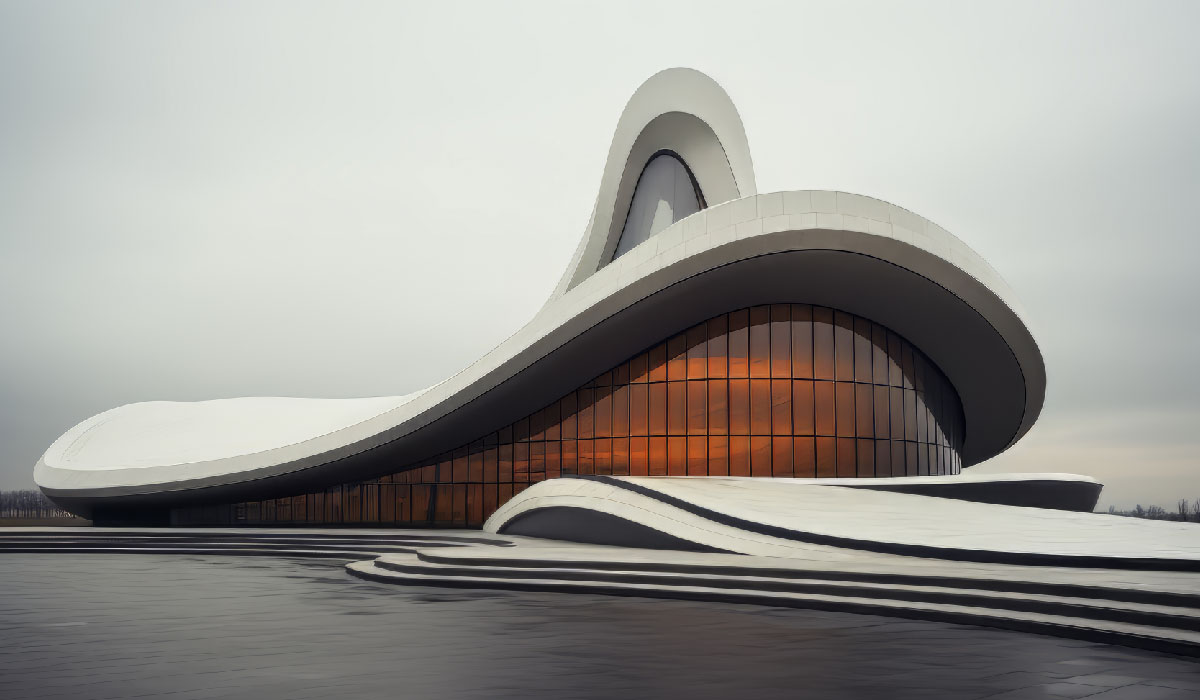
Design art is a fascinating intersection of form and function, where aesthetics merge with practicality to create visually stunning and purpose-driven objects. Whether in architecture, fashion, graphic design, or digital mediums, design art plays a significant role in shaping the world around us. It’s not just about making things look beautiful; it’s about making them meaningful, usable, and impactful. This fusion of artistic expression and functional design has made it one of the most influential forms of creativity in modern times.
The Concept of Design Art
At its heart, design art is a marriage of artistic vision with the constraints of practicality. It involves a deep understanding of how things are used, and it strives to elevate the ordinary by making them beautiful, functional, and meaningful. This concept can be seen in many design disciplines, from the furniture in your home to the user interface of your favorite app.
Design art isn’t just about creating an aesthetically pleasing object; it’s about integrating creativity into every aspect of life. It challenges the boundaries of design, not merely for visual appeal, but to transform everyday experiences into something extraordinary.
Key Characteristics of Design Art
- Creativity and Innovation:
The most striking feature of design art is its ability to push creative boundaries. Designers combine traditional art principles—like color, composition, and form—with innovative ideas to create objects or experiences that go beyond the expected. This leads to designs that challenge norms and offer fresh perspectives. - Functionality:
Unlike traditional art forms, where function may be secondary, design art always has a purpose. Whether it’s the ergonomic design of a chair or the intuitive navigation of a website, design art is about making everyday life more efficient, user-friendly, and enjoyable. - Aesthetic Appeal:
While functionality is essential, the visual aspect of design art cannot be overlooked. The way something looks often impacts how people perceive its value. Designers carefully choose colors, materials, and textures to ensure that their creations are both practical and visually striking. - Emotional Connection:
Design art has the ability to create an emotional response. An object that’s both functional and beautiful can inspire joy, comfort, or even nostalgia. Whether it’s the smooth lines of a car, the cozy ambiance of a room, or the engaging layout of a website, good design art can evoke strong feelings and build lasting connections.
The Impact of Design Art in Various Fields
Design art is ubiquitous, and its influence spans multiple industries, impacting how we interact with the world, consume products, and express ourselves.
- Product Design:
Product design is one of the most direct forms of design art, blending beauty with function in everyday items. The sleek curves of a coffee maker or the user-centric design of a smartphone are examples of how design art shapes consumer experiences. Design art in products doesn’t just make objects look good; it enhances their usability and improves their performance. - Interior Design:
Interior design is another vital area where design art comes to life. The choices made in furniture, layout, lighting, and color all play a significant role in shaping how a space feels and functions. Interior design transforms spaces into places that promote comfort, creativity, and productivity, all while reflecting the tastes and needs of the people who inhabit them. - Graphic Design:
Graphic design is perhaps the most visible form of design art in our digital age. From logos and advertisements to websites and social media posts, graphic design plays a crucial role in communicating messages visually. The combination of typography, imagery, and color not only conveys information but also creates emotional connections with audiences. - Fashion Design:
Fashion design is an art form that blends creativity with wearability. Designers craft clothing that is not only stylish but also functional. The materials, cuts, colors, and details of a garment express artistic vision while meeting the practical needs of the wearer. Fashion design is about both self-expression and social communication, with each piece offering a glimpse into the artist’s perspective on the world. - Digital Design:
Digital design art is an exciting and rapidly evolving field that combines art with technology. Web design, app design, and interactive media are key areas where digital designers push the limits of creativity while ensuring usability. The design of interfaces, icons, and experiences shapes how users interact with digital platforms, ensuring both accessibility and visual appeal.
The Role of Design Art in Culture
Design art has a profound impact on culture, influencing how we think, feel, and behave. Designers help define cultural movements, reflect societal trends, and even shape the values of a community. For instance, the minimalist aesthetic of Scandinavian design emphasizes simplicity and functionality, aligning with cultural values of practicality and clean lines. On the other hand, design art in regions like Japan often focuses on harmony and balance, reflecting cultural ideals of peace and nature.
Through design art, cultural stories are told, identities are formed, and traditions are preserved or reinvented. It brings both the modern and traditional worlds together, allowing for new interpretations of old values and ideas. As society continues to evolve, design art will undoubtedly remain a key tool for reflecting and shaping cultural narratives.
The Future of Design Art
The future of design art is bright, with technology playing a significant role in shaping its evolution. With advancements in 3D printing, artificial intelligence, and virtual reality, designers now have tools that open up entirely new realms of possibility. These technologies allow for the creation of interactive, customizable designs that can be tailored to an individual’s needs or preferences.
Moreover, sustainability is becoming an increasingly important factor in design art. As concerns about climate change grow, designers are focusing on creating products that are environmentally responsible, using recycled materials and ensuring that their creations have a minimal ecological footprint. The intersection of art and sustainability is set to define the next wave of design art.
Conclusion
Design art is not just about making things look good—it’s about improving lives, challenging norms, and blending creativity with purpose. Whether it’s in product design, fashion, architecture, or digital experiences, design art plays a crucial role in shaping the world we live in. It’s a dynamic, ever-evolving field that will continue to inspire and influence how we interact with the world for generations to come. As technology advances and societal values shift, design art will remain a fundamental part of human expression and innovation.
